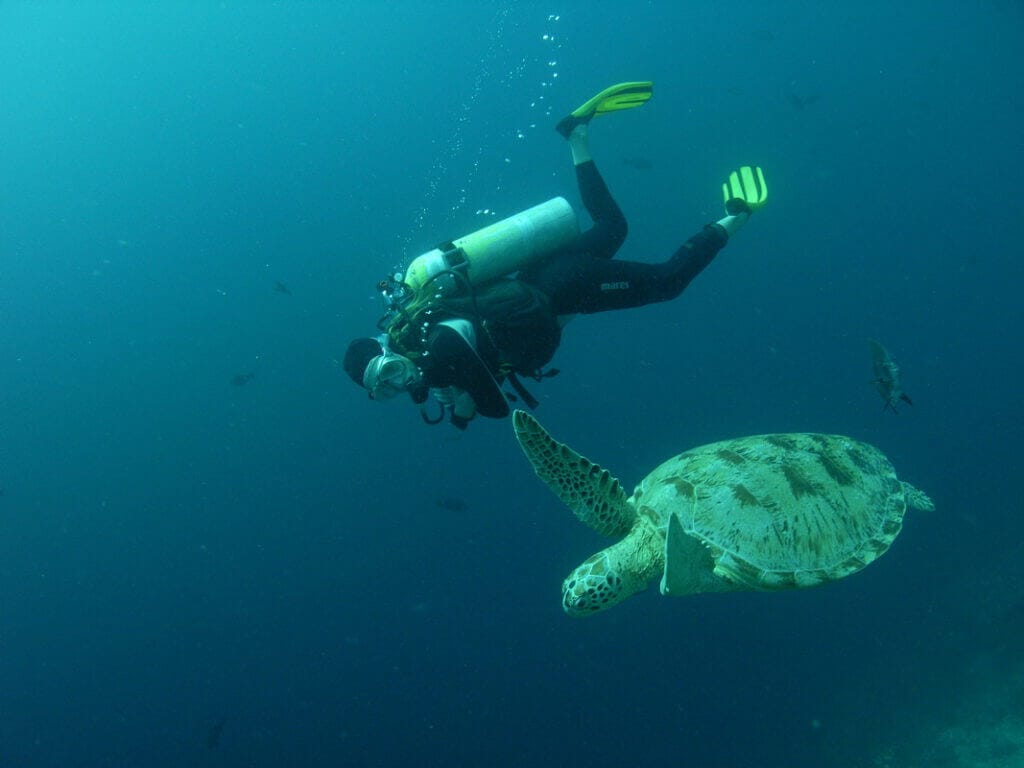Coral reefs are underwater formations created by corals. Specific species of corals that form hard limestone structures slowly form the hard rock that is the base of the reef. We include reef-building coral species under the common name of madreporal corals. Coral polyps are generally colonial animals that form elaborate structures but reef-building madreporal polyps form internal calcareous skeletons that are responsible for building the base of the coral reef.
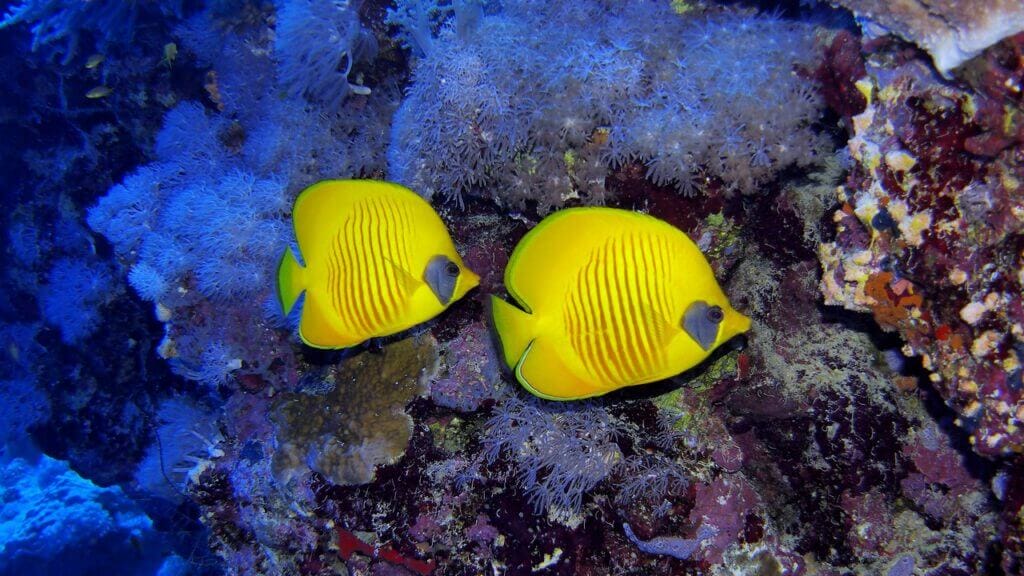
The different species of madrepor corals are unlikely to be closely related, but they share similar structure and function. These corals live in symbiosis with algae (each coral species “grows” its own algae), the so-called zooxanthellae, which provide the coral polyps with energy substances produced by photosynthesis. Thanks to this cooperation, corals thrive very well in the total of rather nutrient-poor ocean waters. At the same time, reef-forming corals thrive best where there is shallow, clear water. For this reason, the most beautiful reefs are created near islands; away from pollution including natural ones, such as silt carried by large rivers flowing into the ocean.
Coral reefs, occupy only a tiny – coastal part of the oceans, but create a friendly environment for a huge number of animal species. Reefs, which occupy about 0.1% of the ocean surface, are home to 25% of all oceanic species.
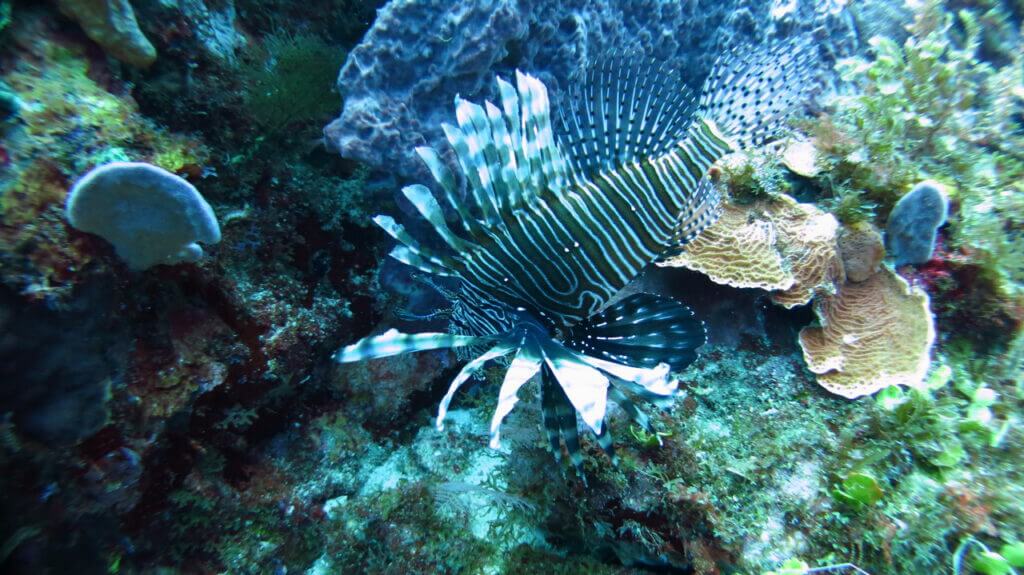
How is a coral reef formed and what is it made of?
Madrepor corals produce calcareous exoskeletons (i.e., external skeletons) that form hard structures that form the basis of living polyps. After they die, more living polyps develop on the surface and the remaining hard limestone structure forms a hard core. Slowly, through the continuous growth of new living polyps and the accumulation of hard limestone structure, coral “rock” is being built.
Different species of reef-forming corals have their own characteristic shapes. The top, living part of the polyps forms horizontal structures resembling tables, structures resembling horns, large tubers or “brains.” Penetrating each other, growing from the surface and leaving a hard limestone interior after dying, they slowly form a growing limestone rock. The rock has visible “imprints” in its structure of the ancient corals that built it. You can see at its breakthrough that it was not formed like normal limestone from an accumulation of very fine microorganisms but from larger imprinted coral structures.
Since corals need light (energy obtained by algae through photosynthesis) and microorganisms captured from the water by polyps to grow, madrepor corals develop fastest in the shallow zone washed constantly by new water coming in with the current and waves. The most rapid development of madrepor corals and thus their reef-forming activity, combined with the natural movements of the seabed relative to the water surface, lead to the formation of atolls and other formations over hundreds of thousands of years.
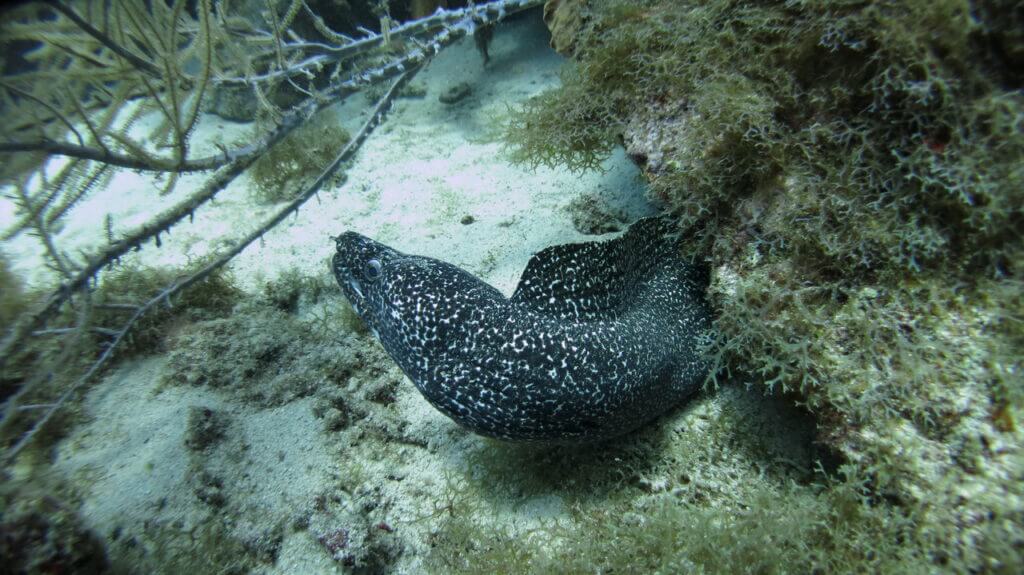
Where do coral reefs occur?
Typical coral reefs created by madrepor corals are found in areas where the water temperature does not fall below 18-20 degrees and does not exceed 30 degrees. The most common regions are between 30 degrees north latitude and 30 degrees south latitude. They must also be areas where good water clarity provides a light supply for algae living in symbiosis with reef-forming polyps.
Regions of beautiful coral reefs include the Red Sea, the Great Barrier Reef in the Australian region, reefs around the islands of Micronesia and Polynesia, and reefs in the Caribbean region.

Why are coral reefs dying?
The extinction of madrepor corals and thus the threat to the continued existence of reefs is linked to several factors. These threats are rising ocean temperatures, man-made pollution, overfishing especially of certain animal species.
An interesting example of human influence on the destruction of the reef is the phenomenon of excessive reproduction of powerful starfish called Crowns of Thorns. This beautiful by the way and at least amazing looking starfish feeds on the tissue of living corals. Of course, very many creatures feed on the reef but the problem, as usual, is in the balance. On the Crown of Thorns feeds a snail with a beautiful shell, namely the Giant Triton (Charonia tritonis ). However, this snail is being harvested en masse for its beautiful shell and in the absence of a predator to control the Crown of Thorns population, the increase in numbers is causing excessive destruction of coral reefs. In some areas, attempts are being made to reduce the number of Crown of Thorns individuals, but trapping them by humans is difficult and shows how difficult it is to restore balance where human actions have disturbed it.
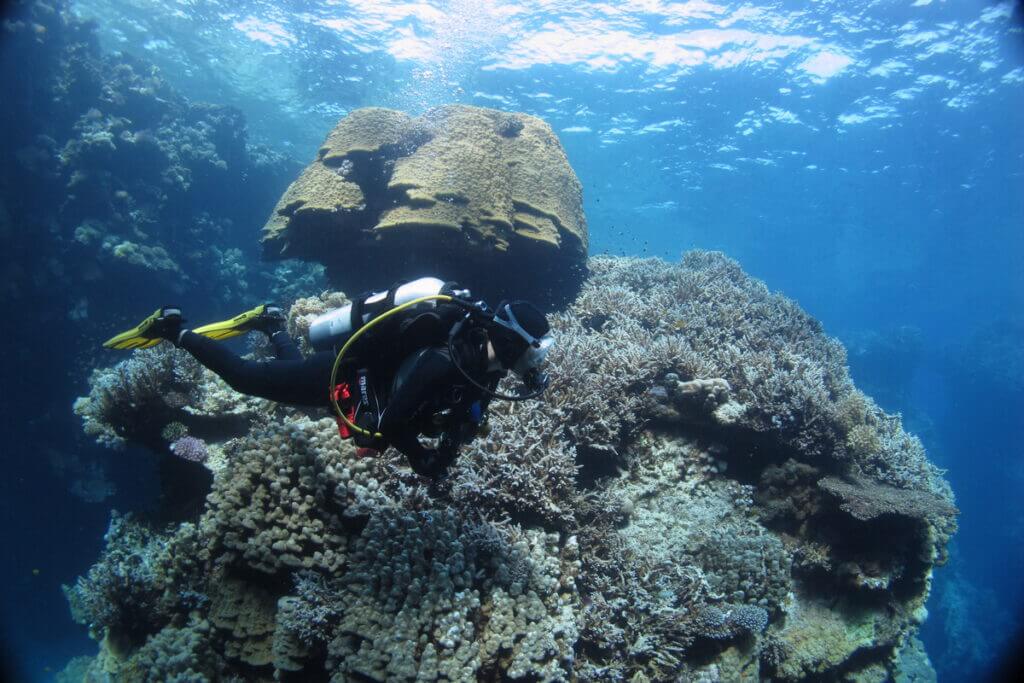
How to save coral reefs?
Coral reefs, which are disappearing due to pollution and overheating of the water, are being attempted to be saved and restored. In many areas, artificial bases for coral reefs are created by “grafting” live polyps onto them. However, these methods have a chance only where the factor destroying the reef has been eliminated so it requires improvement of previously damaged conditions. In general, saving endangered reefs is about preventing poisoning and pollution of the oceans. The problems of water cleanliness are also compounded by the problem of rising water temperatures due to global warming and changes in the direction of the ocean’s constant currents.
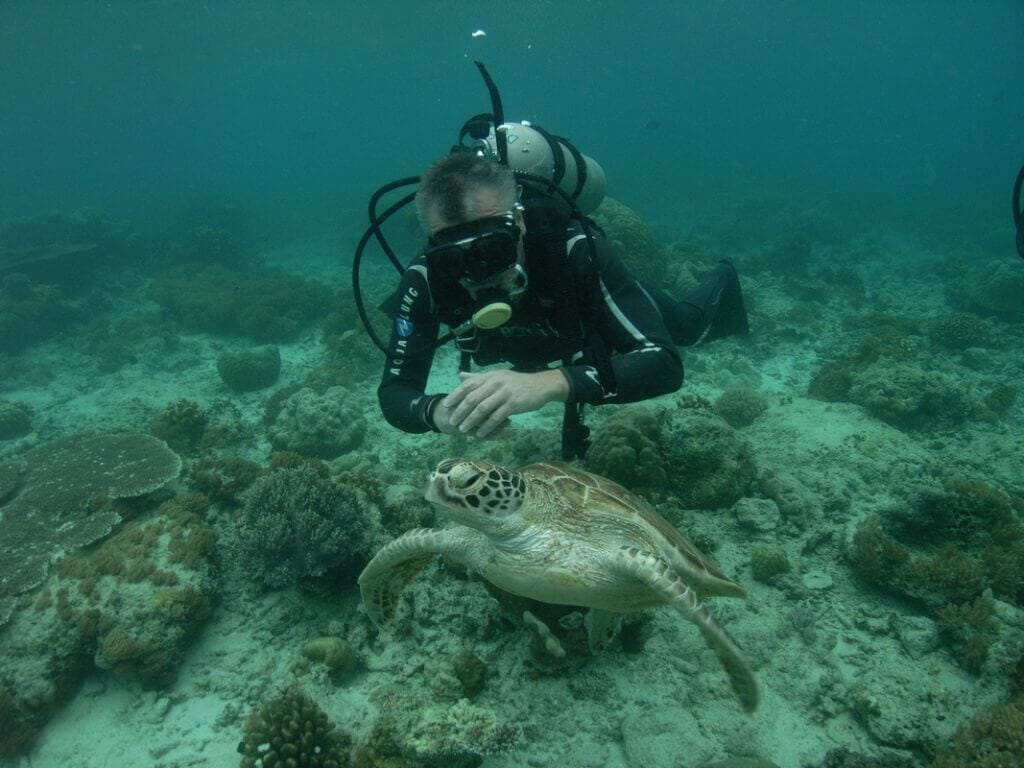
Coral reefs and diving
Coral reefs are a diver’s paradise due to the creation of an ecosystem that allows an incredible density of diverse animal species. At the same time, scuba diving whether in the form of snorkeling or scuba diving with a cylinder (Scuba) is a method of reaching these beautiful places. Without diving, it would be a world closed to us. Learning to dive is the first step to reach this beautiful world. Watching videos showing underwater life on the reefs is already a powerful experience, but getting to these places yourself, diving in the clear blue water and seeing with your own eyes the colorful creatures against the backdrop of the beautiful reefs is an amazing adventure. Want to see underwater reefs, learn to scuba dive. You will learn to dive, see the reefs.
